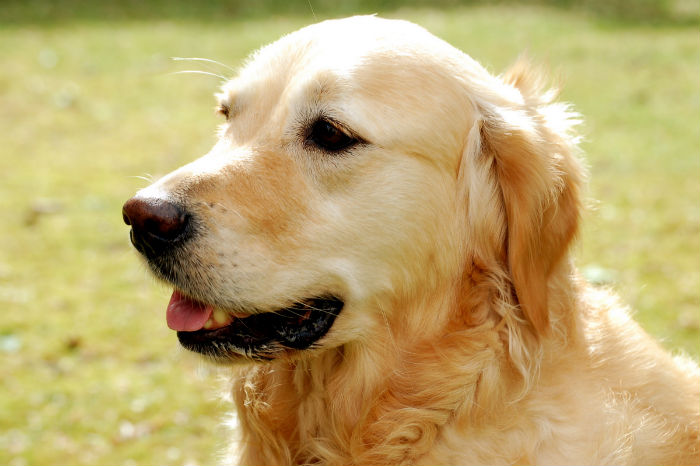Samantha Bennett has been a professional animal care giver for over three years, taking many critters under her wing from dogs and cats to hedgehogs, ferrets, birds and reptiles. She has cared for them in her own home and in the homes of others, and learned much through hands on experience. She understands the love pet parents feel for their animals, and their need to understand and help their furry charges. With this in mind, she has begun this column, a weekly space where she will give simple, useful directions, tips and information designed to keep animals safe and happy.
[related_content slugs=”pet-patter-identifying-body-language-in-dogs,pet-patter-maintenance-exam-for-your-dog” description=”More Pet Patter” position=”right”]
Maintenance exam for your dog
Although it is crucial to take your dog to the vet if they exhibit signs of illness, it is also important and quite easy to take it upon yourself to give your pet a quick but thorough head to paw maintenance exam. These steps may also be attempted with your cat, although they are often less tolerant than dogs, so may not sit still without coaxing and treats. When you are ready to begin start at the head and continue to the rear, using your hands, eyes and nose to pick up clues.
Eyes: Look for redness in the whites of the eye, haziness in cornea, discharge, sensitivity, and/or swelling of the eye ball or lid.
Nose: It is a common misconception that the temperature of the nose automatically denotes illness, whereas a dog can have a nose which is warm or cool, wet or dry and still be healthy.
Look for: discharge, sneezing, crusts or sores
Mouth and Teeth: 85% of pets over 4 years have gum disease.
Look for: broken missing teeth, bad breath, lumps on gum, lips, or tongue
Ears: a healthy dog ear is light pink with no odour.
Look for: redness in flap or canal, discharge, odour, itch, sensitivity, pain, or lumps.
Certain breeds- such as Labs, Golden retrievers and spaniels are more prone to ear infections.
Skin and Coat: Your dog’s skin is easiest to see on the belly and arm pits. You can also run hand along the dog’s back against the direction of the fur.
Look for: hair loss, red skin/pimples, itch/sensitivity, pee/poop on fur, cuts/sores/rashes, dry flakey skin, excessive shedding, lumps/bumps and parasites.
Body weight: If your dog’s weight fluctuates up or down more than 5% go to the vet.
A quick visual check for a healthy weight is done by ensuring you can feel the ribs but not see them.
In urination look for: a change in frequency, discomfort, colour, discharge, straining, accidents
In defecation look for: consistency, discomfort, straining, colour, irritation, parasites.
Dogs and cats will often take discomfort in stride, so it is up to us as pet parents to watch them closely for any changes, and as is the case with humans, early detection is often key to dealing with the problem in its infancy. This means costly vet bills averted and a longer, happier life for your furry friend.
___
Samantha Bennett can be reached at samstress3@gmail.com
